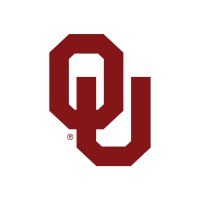
School of Visual Arts
School of Visual Arts has been a leader in the education of artists, designers, and creative professionals for more than seven decades. With a faculty of distinguished working professionals, a dynamic curriculum, and an emphasis on critical thinking, SVA is a catalyst for innovation and social responsibility. Comprising 6,000 students at its Manhattan campus and over 43,000 alumni from some 130 countries, SVA also represents one of the most influential artistic communities in the world. For information about the College’s 30 undergraduate and graduate degree programs, visit sva.edu.






